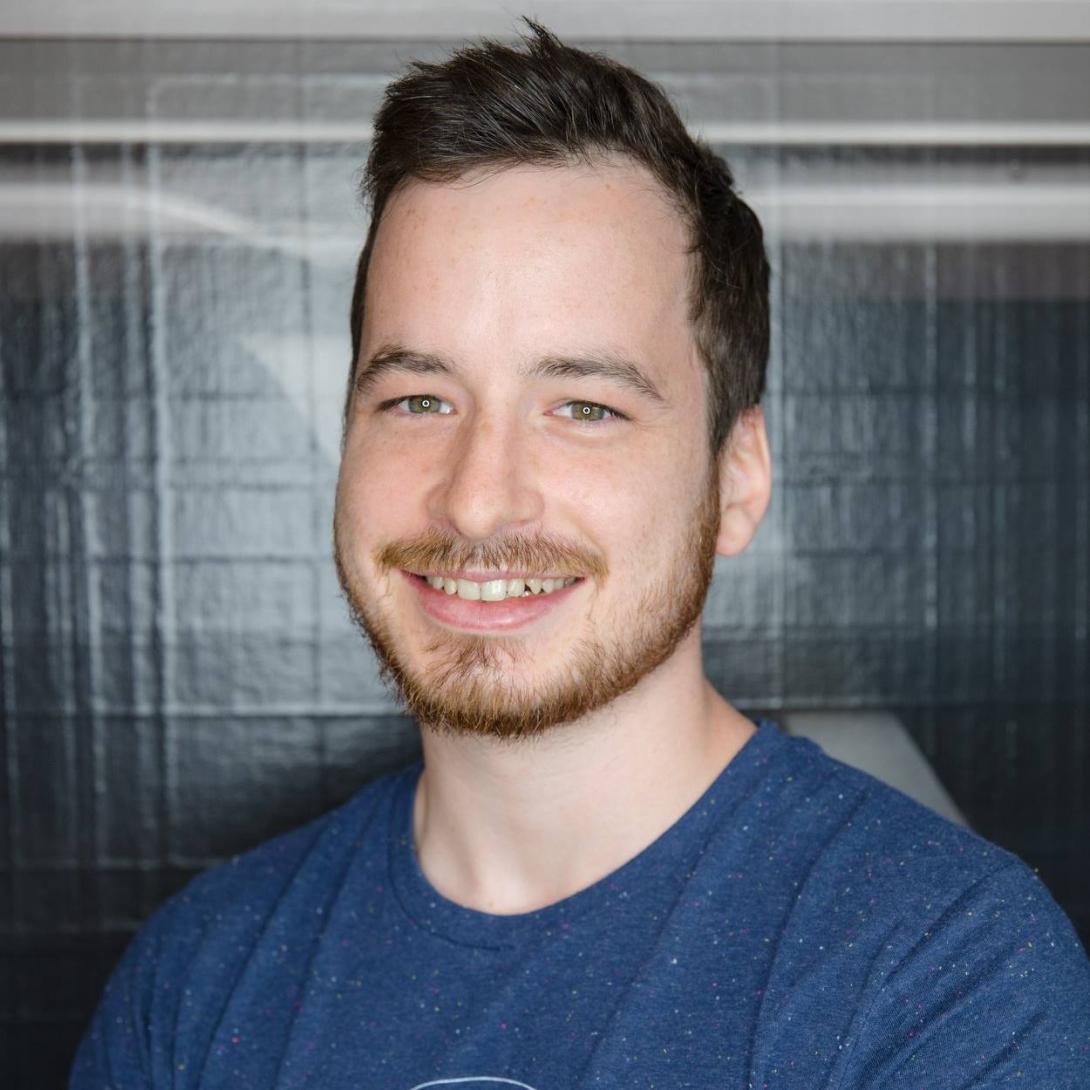-
Computing with subspaces generated by differential operators

Computing with subspaces generated by differential operators
This talk will discuss the use of low dimensional subspaces generated by differential operators in two computational problems. First, in an inverse problem in remote sensing of atmospheric conditions in the marine atmospheric boundary layer (MABL). Inferring electromagnetic propagation characteristics within the MABL from data in real-time is crucial for modern maritime navigation and communications. However, this inverse problem's typical maximum-likelihood formulation is intractable due to the objective function’s oscillatory behavior. To solve this problem, Gilles proposes an alternative formulation based on identifying a subspace associated with a corresponding PDE that best fits the data.
In the second part of the talk, Gilles will present analogues of Krylov subspaces generated by differential operators to solve ODEs. Krylov subspace methods are a popular class of iterative algorithms for solving Ax=b via matrix-vector products, with their convergence rates often depending on the conditioning and normality of A. He develops analogues of the conjugate gradient method, MINRES, and GMRES for the spectral solution of Lu = f via operator-function products, where L is an unbounded elliptic differential operator. These Krylov methods employ operator preconditioning and have good convergence properties. This setting automatically preserves the operator's continuous properties regardless of the basis chosen, leading to competitive solvers compared to classical spectral discretizations.
Marc Aurèle Gilles is a research scientist at Facebook Reality Labs, working on computational imaging problems for augmented reality. He obtained his Ph.D. in 2019 from the Center for Applied Mathematics at Cornell University. His research interests include inverse problems, numerical linear algebra, and computational imaging.
